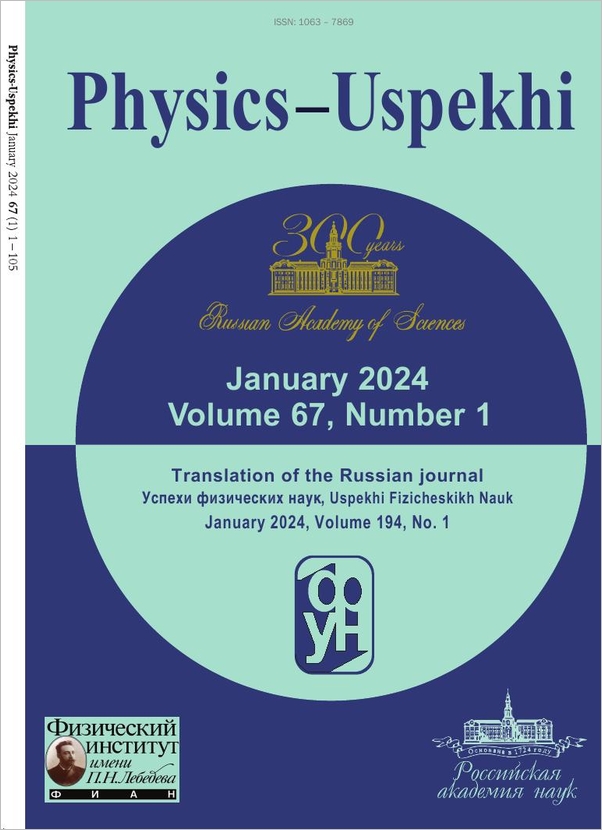|
This article is cited in 32 scientific papers (total in 32 papers)
REVIEWS OF TOPICAL PROBLEMS
Excitonic molecules in semiconductors
V. D. Kulakovskii, V. G. Lysenko, V. B. Timofeev
Institute of Solid State Physics of the Academy of Sciences SSSR, Chernogolovka, Moscow region
Abstract:
Great progress has been made in recent years in experimental studies of excitonic molecules, both in direct-band and indirect-band semiconductors. The exciton systems in these semiconductors differ substantially. In direct-band semiconductors with dipole-allowed optical transitions, the direct-recombination times are extremely small. Consequently the processes of binding of excitons into excitonic molecules and their decay occur under strongly nonequilibrium conditions. Hence one can obtain the fundamental information on biexcitons in these semiconductors by nonlinear optical methods. This review discusses the processes on which the various methods are based: two-photon resonance excitation of biexcitons, induced one-photon conversion of an exciton into a biexciton, two-photon resonance Raman scattering involving biexciton states, etc., and their application to studying biexcitons with the example of CdS. Problems of bistability involving biexcitons are also briefly discussed. In indirect semiconductors, where recombination occurs with the emission of a phonon, the lifetimes of excitons are large, and quasiequilibrium can be established in the exciton system. Under these conditions the information on the properties of the molecules is obtained by analyzing their radiative-decay spectra. The problem of detecting biexcitons in indirect semiconductors, radiative decay of molecules, and the effect on their stability of external electric, strain, and magnetic fields are discussed in detail with the examples of Si and Ge. Also the results of investigating the quantum statistical behavior of a dense gas of spin-oriented excitons (in a magnetic field under conditions in which the biexcitons are destabilized) are briefly presented (using the example of uniaxially compressed germanium), and the question of the possibility of their Bose condensation is discussed.
Citation:
V. D. Kulakovskii, V. G. Lysenko, V. B. Timofeev, “Excitonic molecules in semiconductors”, UFN, 147:1 (1985), 3–47; Phys. Usp., 28:9 (1985), 735–761
Linking options:
https://www.mathnet.ru/eng/ufn8359 https://www.mathnet.ru/eng/ufn/v147/i1/p3
|


| Statistics & downloads: |
| Abstract page: | 85 | | Full-text PDF : | 26 |
|





 Contact us:
Contact us: Terms of Use
Terms of Use
 Registration to the website
Registration to the website Logotypes
Logotypes







 Citation in format
Citation in format 
